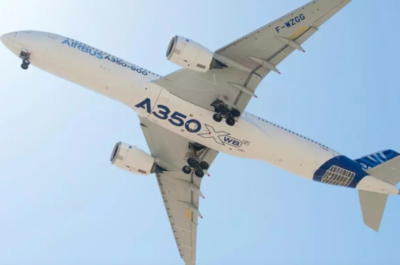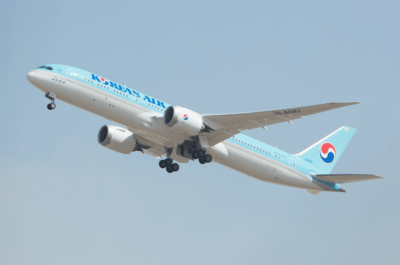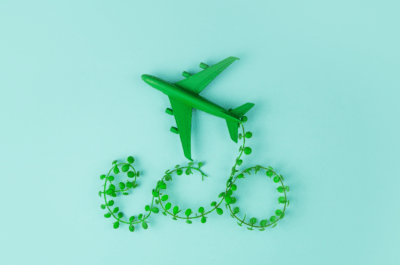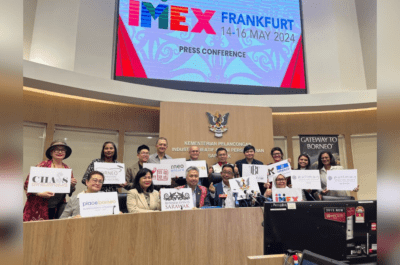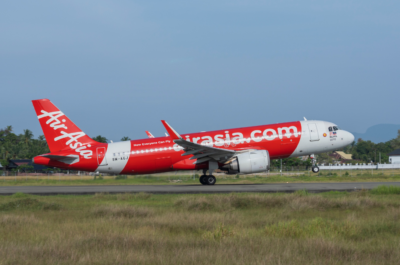…

The price of jet fuel is on the rise again. During 2010, increasing demand for oil pushed jet fuel prices up from $88 a barrel at the start of the year to $107 a barrel by year end. The 12-month average was $91 a barrel, a rise of almost 30% from average 2009 levels. Hedging and fuel efficiency gains provided some protection but, even so, the airline industry fuel bill rose more than 11% to $139 billion in 2010, equivalent to 26% of operating expenses.
By the end of March 2011, driven largely by unrest in the Middle East, prices had risen even further, reaching $130 a barrel, which corresponds to around 33% of operating costs. IATA’s March forecast estimated an average 2011 price for fuel of $96 a barrel, about 29% of total operating costs.
How airlines manage fuel is therefore crucial to their bottom‑line results. There are two aspects to this imperative. First is understanding and managing the present situation. Apart from the odd notable exception -coal-to-liquid production in South Africa, for example- jet fuel still derives almost entirely from crude. Factors affecting its production therefore remain of great importance to airlines in the short to medium term. The second element is the development of biofuels, which must be commercialized as soon as possible.
A Refined Argument
In most countries, the price of jet fuel is determined using a formula that includes the market price of oil, the cost of logistics, charges, fees, and the supplier margin. The price that a specific airline pays could also vary depending on the airline’s credit history, rating, and the volume it uses at the location.
But, like most things, the cost of jet fuel is really about supply and demand. The economic collapse that swept across much of the world in 2008 reduced passenger demand. Business travel weakened and leisure trips were cancelled entirely. Tim Worledge of energy market analyst Platts says the logistics of oil production are slow to respond to such catastrophic falls in demand from end users. “Middle distillate stocks burgeoned, even to the point where huge volumes of jet fuel -among other oil products- were actually held at sea,” he notes. “Throughout 2009 and early 2010, several million tonnes of jet fuel were thought to be held in land tanks, or in the hold of tankers moored off the United Kingdom or in the approaches to Rotterdam.” This held prices down even as economies -and passenger demand- picked up.
Refinery capacity in the various regions also has an impact. European refineries have seen demand for their products falling, partly because new refineries are coming online in East Asia. “These have the ability to take heavy, sulfurous crudes -which are typically cheaper than benchmark light crudes, such as North Sea Brent- and refine high-quality, clean products from them,” explains Worledge. “That gives them far greater flexibility and enables them to keep running, even when high crude prices are putting pressure on older, less flexible refining.”
Refining capacity in Europe is already struggling to keep up with demand. Up to 1.5 million tonnes a month must be imported, mostly from the Persian Gulf. Pricing in Europe will therefore need to stay at levels that make it economically viable to import the oil.
Regional Variations
There are at least 11 ‘cracks’ -the difference between the price of oil and the price of jet fuel- throughout the world. In 2010, the crack spread averaged about 15%.
Middle East supply is being challenged by disturbances in the region. And two US regions have seen spikes this year. On the Atlantic coast, prices are up mainly because of run cuts at Hovensa’s St. Croix refinery in the US Virgin Islands, which produces a sizable chunk of the region’s fuel. Supplies are dominated by the US Gulf coast through the Colonial pipeline, the virtual monopoly carrying with it the usual price implications. “On the US west coast, imports from Asia-Pacific are down, as growing Asian demand for middle distillates caused rising prices in the region, making it less lucrative to ship it across the Pacific to the United States,” explains Markus Wimmer of Argus Media. “Also, following the devastation in Japan, concern over supplies in the Pacific region has caused west coast prices to go up even further.”
As Asia-Pacific aviation and associated economies grow, so their thirst for oil intensifies. The region will provide additional competition for a finite stock of jet fuel and this will doubtless lead to a higher price at the global level.
A Big Move
Difficulties in the jet fuel supply chain are being exacerbated by the big oil companies. The likes of Shell and Exxon are no longer interested in building new refineries but rather are investing upstream in exploration activities. Since the beginning of 2010 Chevron has sold downstream assets in more than 20 countries. Recently it sold its UK downstream assets, including the 220,000 barrels-per-day Pembroke Refinery, now owned by Valero Energy. BP has no refining capacity in the United Kingdom while Total and Shell are also looking to sell their remaining refining assets.
New players, such as Vitol, Morgan Stanley, Puma Energy, Sol, Rubis and others are coming in but they sometimes lack the expertise necessary to keep jet fuel prices low. Airlines could end up paying for a newcomer’s learning curve, although some see this as welcome competition and a positive long-term trend.
But given that the industry fuel bill has gone from $40 billion a decade ago to $139 billion in 2010, this divestment at a time when biofuel development is vital presents the industry with a huge challenge.
Developing Biofuels
These challenges in traditional jet fuel push alternatives to the vanguard. Sustainable biofuels are a big part of the industry’s commitments. They will not compete with food crops for land or water, and have the potential to reduce the carbon footprint by up to 80%. IATA is a member of the Roundtable on Sustainable Biofuels and is pushing for an agreement on sustainability criteria.
“Sustainable biofuels have been tested and work in the current aircraft fleet,” says Giovanni Bisignani, IATA’s Director General and CEO. “Certification is expected in the coming months. The challenge then is commercialization. The big oil companies are expected to cash $13.7 billion in refinery margins from aviation. But they are not doing enough to move forward with biofuels.”
Government support is needed to redress the situation. Fiscal and legal incentives will be essential to kickstart the biofuels commercialization process. Most forecasts agree that the economics of biofuel will change; oil prices will increase even as biofuel production costs come down. The challenge is to bring about that change sooner rather than later to stabilize price shocks.
Experts such as the International Energy Agency suggest that oil prices will inexorably rise but even by 2020 will not be sufficiently high to make biofuels economical based on today’s production costs. Bringing down these costs is therefore vital, and this is where governments or private venture capital must step in.
IATA Campaigns Against Fuel Taxes
Fuel fees and taxes remain a concern. Fuel uplift for international flights is exempt under the policies of ICAO and also as per most bilateral air services agreements between ICAO member states. Countries that fail to abide by this ruling include the Dominican Republic, Bolivia, El Salvador, Mexico, Chile, the Province of Ontario in Canada, and some African states. Domestic fuel is subject to a country’s usual taxation rules, such as value added tax or a state tax. India and Brazil have very high tax on domestic jet fuel, making them the most expensive countries in the world for the product.
IATA continues to lobby governments and authorities on airlines’ behalf. In 2010, IATA campaigns on fuel fees and taxes resulted in savings for airlines of $799 million. Nearly half these savings ($360 million) originated in India thanks to more competitive fuel pricing and the development of common-use infrastructure. Another big chunk of savings came through IATA negotiation on the EU’s Compulsory Stock Obligation, which determines the amount of stock a supplier must hold in case of shortages. This achieved some $271 million in cost avoidance. IATA is continuing with campaigns in 2011 to obtain transparency of costs and formula prices based on international standards in Russia, China, Kazakhstan, Ukraine, Mexico, the Dominican Republic, Brazil, Angola, and the Republic of Congo. In addition, the IATA Fuel Fees and Charges Database, which launched last year, is now fully operational.
Vicky is the co-founder of TravelDailyNews Media Network where she is the Editor-in Chief. She is also responsible for the daily operation and the financial policy. She holds a Bachelor's degree in Tourism Business Administration from the Technical University of Athens and a Master in Business Administration (MBA) from the University of Wales. She has many years of both academic and industrial experience within the travel industry. She has written/edited numerous articles in various tourism magazines.






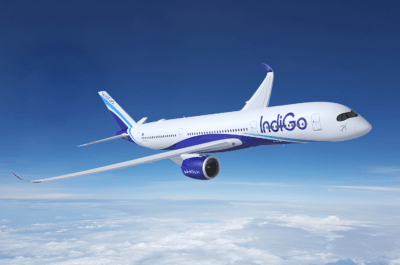






















![[PR] PR_Ascott and Vimut Hospital_2024](https://www.traveldailynews.asia/wp-content/uploads/2024/04/PR-PR_Ascott-and-Vimut-Hospital_2024-400x265.jpg)




